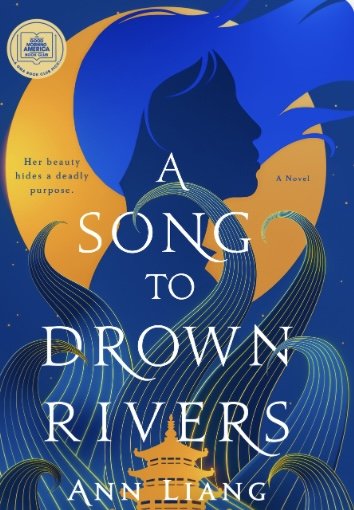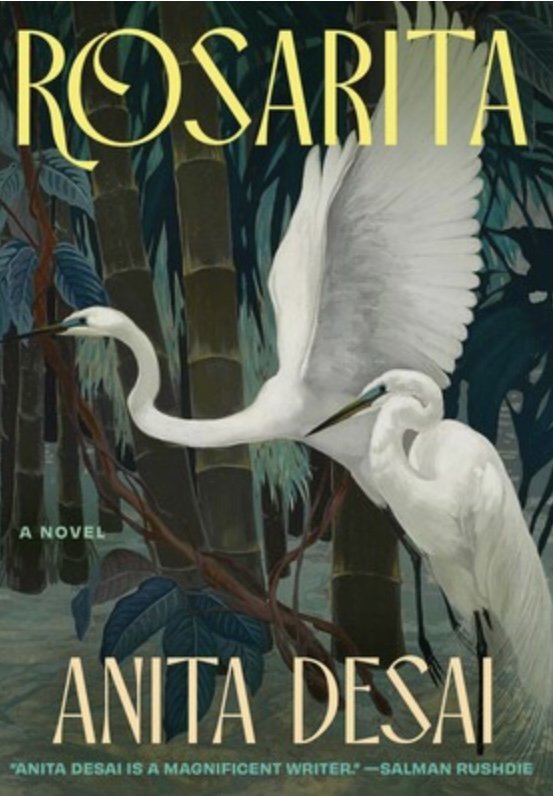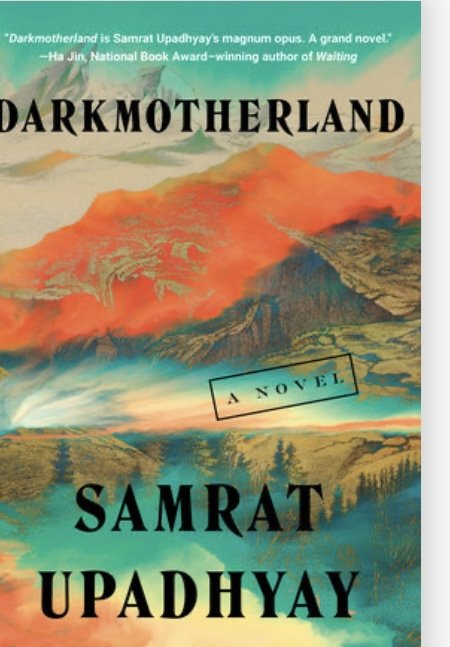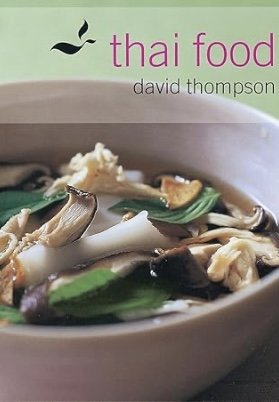A Song to Drown Rivers by Ann Liang (St. Martin's Press)
“Beauty is not so different from destruction.” Xishi has been shielded from what her beauty could inflict upon her since she was very young. Each time she leaves the house, her mother veils her face to ward off the attention that comes from being the most beautiful girl in the village.
But beauty has its uses and in a region where two kings vie for power, the weaker monarch needs a weapon to defeat the man who has taken over his kingdom. Sending Fanli, his trusted political and military advisor, to find the loveliest girl in the area, he’s certain that great beauty will cause the downfall of his enemy.
Fanli is a man who seems impervious to female charms but he knows how to assess them. He chooses Xishi to accomplish what the King of Yue has planned--to marry the King of Wu and charm that ruler into doing exactly what she wishes, leading her husband to unwittingly lower his defences and lose his kingdom.
Xishi is a peasant girl without refinement or sophistication so before she begins this project, she needs extensive training under the watchful gaze of Fanli. She falls in love with him but is bound to accomplish her goal. She hates the King of Wu almost as much as his rival does because she had watched Wu soldiers kill her sister. Revenge propels her away from the man she loves and into the treacherous life of a royal court.
The King of Wu is seduced by her beauty and fulfills every wish she voices, wishes that weaken his kingdom, provide a gateway for the Yue invasion, and ensure that Xishi might eventually regain a life of freedom. But politics is a dangerous game and beauty can lead to destruction as well as cause it.
Ann Liang wrote A Song to Drown Rivers when she was twenty-one, basing it upon the legend of China’s Four Beauties, of whom Xishi was the first. Although the novel is being marketed as fantasy, it’s actually a carefully researched work of historical fiction. Its first sentence is crafted from the Chinese saying that great beauty causes the fish to sink, the geese to fall from the sky, eclipsing the moon and shaming the flowers. It recreates a turbulent chapter in Chinese history, when the state of Wu came into power and threatened neighboring kingdoms. The story of how a beautiful girl was used as a pawn by the King of Yue to eradicate this threat is told in the Spring and Autumn Annals which supposedly were collected and compiled by Confucius.
Often retold legends become cumbersome and ungainly, with language that weighs down the story. Luckily that isn’t the case with this version of Xishi’s life. Although Liang carefully describes the opulence and luxury of the royal lives and the intricacy of political plots, she never turns her heroine into “someone barely even human, a creature of myth.” She gives Xishi a spirit that resonates and enthralls through the centuries, telling her story in a fluid, fast-paced style that never flags or falters, while giving it the delicate grace of a fairy tale.
Although she has written four novels for young adults, this is Ann Liang’s debut foray into adult fiction. Let’s hope it won’t be her last.~Janet Brown



